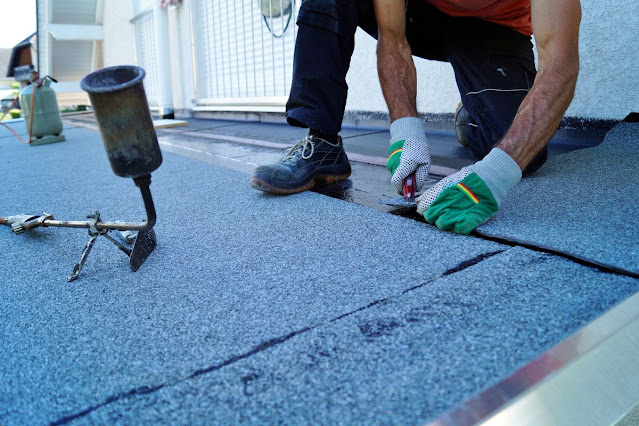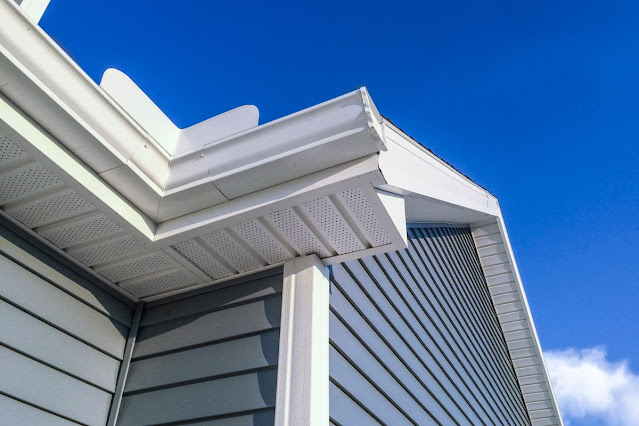Maximizing Roof Ventilation: The Ultimate Guide to Ridge Vents
Enhancing Home Efficiency and Comfort with Roof Ridge Vents
When it comes to maintaining a comfortable and energy-efficient home, proper roof ventilation is often overlooked. However, an effective ventilation system is crucial in preserving your roof's integrity and enhancing indoor comfort. Among the various ventilation options available, ridge vents stand out due to their efficiency and effectiveness. In this comprehensive guide, we delve into the details of ridge vents, exploring their benefits, installation process, and maintenance.
What is a Ridge Vent?
A ridge vent is a type of ventilation system installed at the peak of a sloped roof. Its primary function is to allow warm, humid air to escape from the attic, facilitating a continuous airflow that helps regulate temperature and moisture levels within the home. Ridge vents are often part of a balanced attic ventilation system, which also includes soffit vents at the eaves.
Key Features of Ridge Vents
- Location: Placed along the ridge line of the roof
- Design: Typically low-profile and blends with the roofline
- Material: Commonly made from aluminum, galvanized steel, or high-density plastic
Benefits of Installing a Ridge Vent
Improved Air Circulation
Ridge vents provide a consistent airflow, which helps in expelling hot, moist air from the attic. This improved circulation reduces the risk of heat buildup and moisture accumulation, which can cause structural damage and promote mold growth.
Energy Efficiency
By facilitating a cooler attic space, ridge vents reduce the burden on air conditioning systems during hot weather. This efficiency can lead to lower energy bills and a more sustainable household.
Roof Longevity
Proper ventilation prevents excessive heat and moisture from damaging roofing materials. Over time, this can extend the lifespan of shingles, underlayment, and other components, saving on costly repairs and replacements.
Types of Ridge Vents
There are several types of ridge vents available, each with its unique features and benefits.
Continuous Ridge Vents
Continuous ridge vents run the entire length of the roof's ridge. They offer uniform ventilation across the attic space and are highly effective in maintaining consistent airflow.
Individual Ridge Vents
Individual ridge vents are installed in sections along the ridge. While they can be effective, they may not provide as uniform airflow as continuous ridge vents.
Installation Process
Installing a ridge vent is a task that requires precision and proper technique. Here's a step-by-step guide to understanding the installation process.
Preparation
- Safety First: Ensure you have the necessary safety gear, including a harness, gloves, and protective eyewear.
- Materials and Tools: Gather all required materials and tools, such as the ridge vent, nails, a circular saw, a pry bar, and a hammer.
Cutting the Ridge Slot
- Mark the Ridge: Using a chalk line, mark a line on both sides of the roof ridge where the vent will be installed.
- Cut the Slot: Carefully cut along the marked lines using a circular saw. The slot should be about 2 inches wide to accommodate the ridge vent.
Installing the Vent
- Position the Vent: Place the ridge vent over the cut slot, ensuring it aligns with the roof ridge.
- Secure the Vent: Nail the vent into place, following the manufacturer's instructions. Ensure the nails penetrate the roof decking to provide a secure hold.
Sealing and Finishing
- Seal the Edges: Apply roofing sealant along the edges of the vent to prevent water infiltration.
- Install Shingles: If applicable, install shingles over the vent to match the existing roof, ensuring a seamless appearance.
Maintenance Tips for Ridge Vents
Regular Inspections
Periodically inspect the ridge vent for signs of damage or wear. Look for loose nails, cracks, or any blockages that might hinder airflow.
Cleaning
Keep the ridge vent clean and free of debris. This ensures optimal airflow and prevents potential obstructions.
Professional Maintenance
Consider having a professional roofer inspect and maintain the ridge vent as part of a regular roof maintenance schedule. This can help identify and address any issues before they become significant problems.
Conclusion
Investing in a ridge vent is a wise decision for homeowners looking to improve their roof's ventilation and overall home efficiency. By allowing for better air circulation, ridge vents help regulate attic temperature, reduce energy costs, and prolong the life of your roof. For those planning to install a roof or upgrade their current ventilation system, ridge vents offer a practical and effective solution.
By understanding the benefits, types, and installation process of ridge vents, you can make an informed decision that enhances your home's comfort and durability. Regular maintenance ensures that your ridge vent continues to perform optimally, providing long-lasting benefits for your home.

.jpg)


Comments
Post a Comment